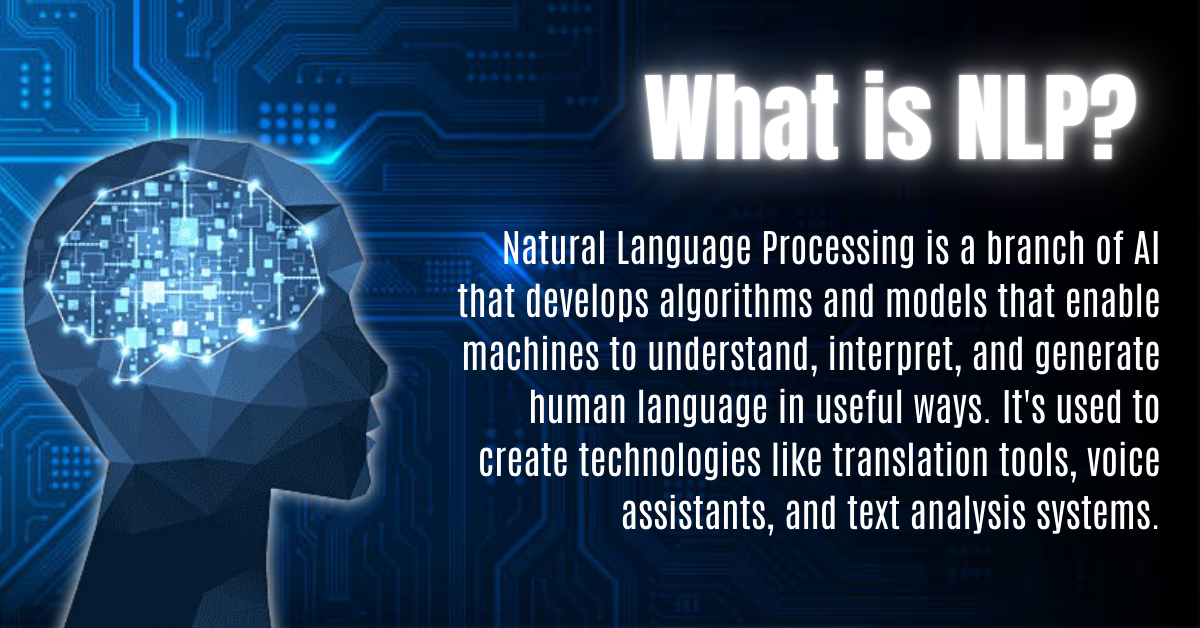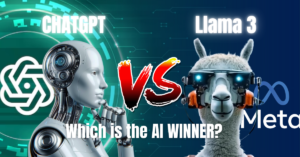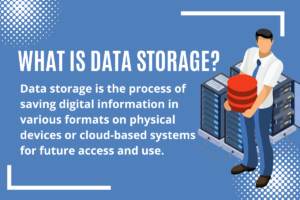Introduction – What is NLP?
Natural Language Processing (NLP) is a very important field within artificial intelligence that focuses on the interaction between computers and human language. It’s all about teaching machines to understand, interpret, and generate language that we humans use every day. When you ask your smartphone a question or use translation services online, you’re interacting with NLP technology.
You might be wondering, “What is NLP, and why is it important?” Well, NLP allows machines to process large amounts of language data, enabling them to perform tasks such as text analysis, sentiment analysis, machine translation, and even conversational AI. In this post, I’ll walk you through the basics of NLP, its core components, and how it’s transforming our interactions with technology.
Table of Contents
Key Takeaways
- NLP is a field within artificial intelligence focused on human-computer interaction through natural language.
- Text processing and machine learning are essential components of NLP, enabling tasks like sentiment analysis and machine translation.
- Understanding context is key in NLP, allowing machines to grasp the meaning behind words and sentences.
- NLP applications are vast, ranging from virtual assistants to automated customer service systems.
- Challenges in NLP include ambiguity, cultural nuances, and language diversity.
The Basics of NLP
Here will explore what is NLP, its core components and why it matters in today’s world.
What is NLP?
Natural Language Processing (NLP) is a branch of artificial intelligence that combines computational linguistics and machine learning to process and analyze large volumes of natural language data. Essentially, it enables computers to comprehend human language as it’s spoken or written.
NLP is used to perform tasks like text classification, sentiment analysis, language translation, and speech recognition. For example, when you use a voice assistant, it’s NLP that converts your spoken words into text, understands the meaning, and responds accordingly.
The Core Components of NLP
NLP involves several key components:
- Tokenization: This is the process of breaking down text into smaller units, such as words or phrases, called tokens. These tokens are the building blocks for further analysis. For more info check What is Tokenization in NLP.
- Part-of-Speech Tagging: This involves identifying the parts of speech (nouns, verbs, adjectives, etc.) in a sentence, helping the system understand how words function in context.
- Named Entity Recognition (NER): NER identifies and categorizes entities in text, such as names, dates, locations, and more.
- Syntax and Semantic Analysis: Syntax analysis checks the grammatical structure of sentences, while semantic analysis focuses on the meaning behind the words.
- Sentiment Analysis: This determines the sentiment expressed in a piece of text, whether it’s positive, negative, or neutral.
- Machine Translation: Translating text from one language to another, like Google Translate, is another application of NLP.
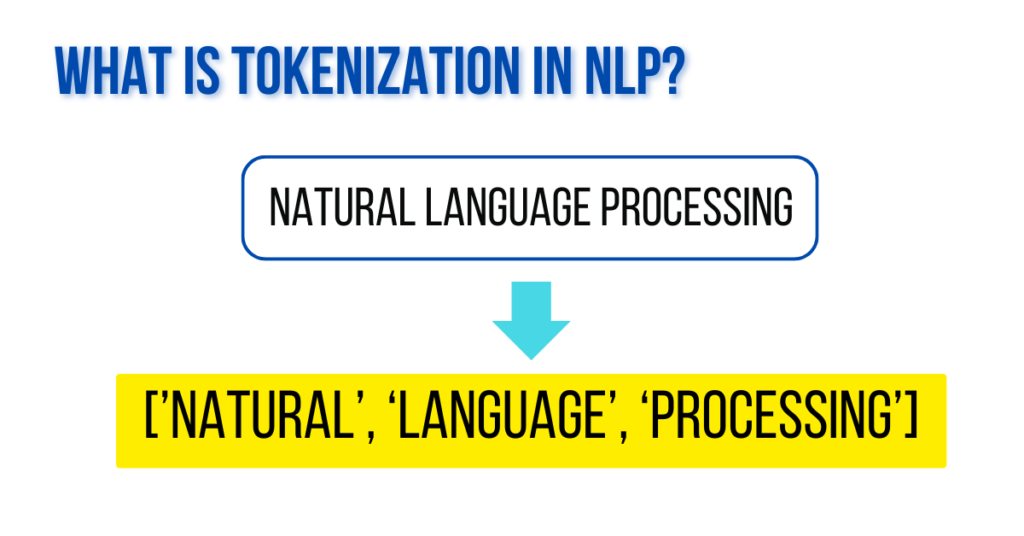
Why NLP Matters
Understanding what NLP is and why it matters can revolutionize how we interact with technology. NLP allows machines to read and interpret human language, enabling a wide range of applications. It’s used in everything from virtual assistants to predictive text, helping businesses analyze customer feedback and individuals communicate across language barriers.
NLP is a Key Differentiator of Conversational AI.
How NLP Works
Text Preprocessing
Before a machine can analyze language, the text needs to be preprocessed. This involves several steps:
- Tokenization: Splitting text into smaller pieces like words or sentences.
- Lowercasing: Converting all text to lowercase to avoid mismatches in words due to case differences.
- Stopword Removal: Eliminating common words like “the,” “and,” or “is” that don’t carry much meaning.
- Stemming and Lemmatization: Reducing words to their root forms (e.g., “running” to “run”).
Feature Extraction
After preprocessing, the text is converted into a format that machines can understand. This often involves:
- Bag of Words (BoW): A model that represents text by counting the frequency of words.
- Term Frequency-Inverse Document Frequency (TF-IDF): A technique that reflects the importance of a word in a document relative to a collection of documents.
- Word Embeddings: Representing words as vectors in a continuous vector space, capturing semantic meaning.

Machine Learning in NLP
Machine learning plays a vital role in NLP. It involves training algorithms to recognize patterns in language data. Supervised learning uses labeled data, where the correct output is known, to train models like sentiment classifiers. Unsupervised learning doesn’t require labeled data and is often used for tasks like topic modeling or clustering.
Deep Learning and NLP
Deep learning, a subset of machine learning, has dramatically advanced NLP capabilities. Neural networks, particularly Recurrent Neural Networks (RNNs) and Transformers, have improved the accuracy of language models. Transformers, like those used in GPT-3, enable machines to generate coherent and contextually relevant text.
For more info, check the differences between Machine Learning vs Deep Learning.
Applications of NLP
Virtual Assistants
One of the most popular applications of NLP is in virtual assistants like Siri, Alexa, and Google Assistant. These assistants rely on NLP to understand your voice commands and provide relevant responses. They can set reminders, answer questions, and even control smart home devices.
Sentiment Analysis
Businesses use sentiment analysis to gauge customer opinions on social media, reviews, or survey responses. NLP algorithms analyze text data to determine the overall sentiment, helping companies understand customer satisfaction and make informed decisions.
Machine Translation
Services like Google Translate use NLP to translate text from one language to another. While not perfect, NLP has made significant strides in providing accurate translations, bridging language gaps in communication.
Chatbots
NLP powers chatbots that provide automated customer support. By understanding and responding to customer queries in natural language, chatbots enhance user experience and reduce the workload on human agents.

Text Summarization
NLP techniques are also used to summarize long documents into concise summaries. This is particularly useful for news articles, research papers, or legal documents, allowing readers to grasp the main points quickly.
You can check the differences between AI Agents vs Chatbots vs Virtual Assistants here.
Challenges in NLP
Ambiguity and Context
One of the biggest challenges in NLP is dealing with ambiguity. Words can have multiple meanings depending on context, making it difficult for machines to accurately interpret them. For instance, the word “bank” could refer to a financial institution or the side of a river.
Cultural Nuances
Languages are rich with cultural references and idioms that can be challenging for NLP systems to understand. For example, a phrase like “kick the bucket” means something completely different from its literal meaning. Capturing these nuances requires sophisticated models trained on diverse data.
Language Diversity
NLP faces challenges with the vast number of languages and dialects in the world. Developing models that work across multiple languages, especially less commonly spoken ones, requires extensive data and resources.
Data Privacy
As NLP models often rely on large datasets, there are concerns about privacy and data security. Ensuring that sensitive information is protected while using NLP tools is a significant challenge that needs careful consideration.
Future of NLP
Conversational AI
The future of NLP is moving towards more advanced conversational AI systems that can hold more natural and meaningful conversations with humans. As models like GPT-4 and beyond continue to improve, the quality and relevance of interactions are expected to reach new heights.
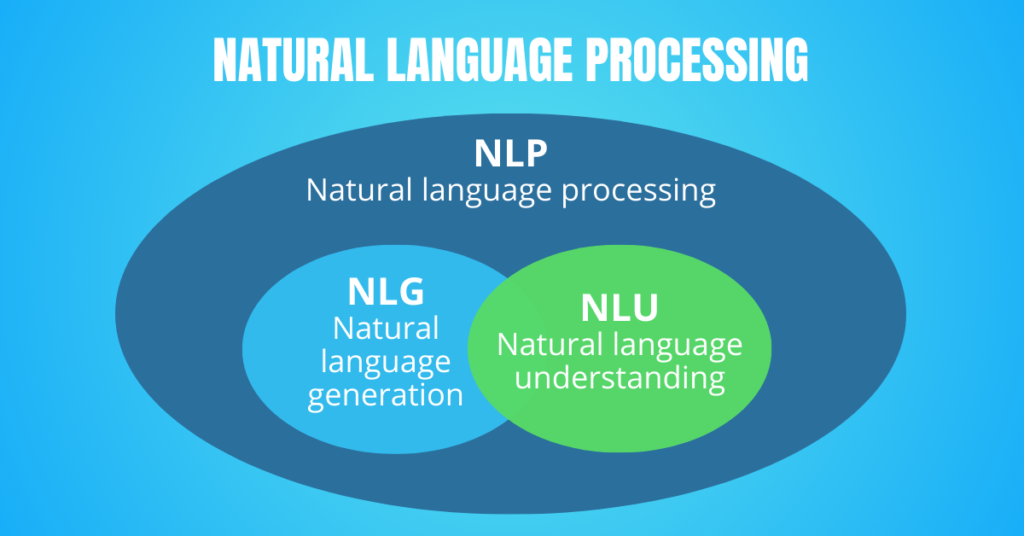
Multilingual NLP
Developing NLP models that can fluently understand and generate text in multiple languages is a growing area of research. The ability to translate and interpret across languages seamlessly will play a critical role in global communication.
Ethical Considerations
As NLP becomes more integrated into our daily lives, ethical considerations around bias, privacy, and misinformation are coming to the forefront. The development of fair and unbiased models is essential to ensure that NLP technologies benefit everyone equally.
Personalized AI
Future NLP systems will likely become more personalized, understanding individual user preferences and tailoring interactions accordingly. This could lead to more efficient and user-friendly applications, enhancing the overall experience.
Conclusion – What is NLP?
NLP, or Natural Language Processing, is a powerful field of AI that enables machines to understand and interact with human language. From virtual assistants to sentiment analysis, NLP is transforming how we communicate with technology. While there are challenges to overcome, such as ambiguity and cultural nuances, the future of NLP is promising, with advancements in conversational AI, multilingual capabilities, and personalized experiences.
As we continue to integrate NLP into various applications, it’s crucial to address ethical considerations and ensure that these technologies serve all users fairly. Even if you’re a tech enthusiast or a business looking to leverage NLP, understanding what NLP is and its potential impact will be key to navigating the digital future.
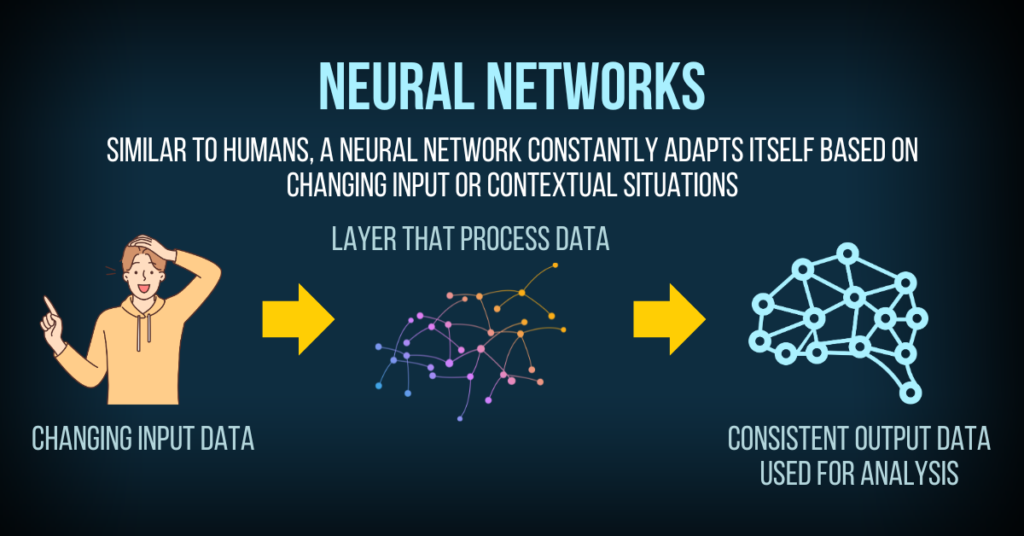
FAQs – What is NLP?
What is NLP in simple terms?
NLP, or Natural Language Processing, is a technology that helps computers understand and respond to human language, both spoken and written.
How is NLP different from machine learning?
NLP focuses specifically on language data, while machine learning is a broader field that involves training computers to learn from data and make predictions or decisions.
Can NLP understand different languages?
Yes, NLP can be trained to understand and process multiple languages, but the accuracy may vary depending on the language and the quality of the data used.
Is NLP used in chatbots?
Absolutely! NLP is a key technology behind chatbots, allowing them to understand and respond to user queries in a conversational manner.
What are some common NLP applications?
Common applications include virtual assistants, sentiment analysis, machine translation, text summarization, and automated customer service.
Why is context important in NLP?
Context helps NLP systems determine the meaning behind words and sentences, making it easier to understand and respond accurately to user inputs. Without context, machines might misinterpret language, leading to errors.


